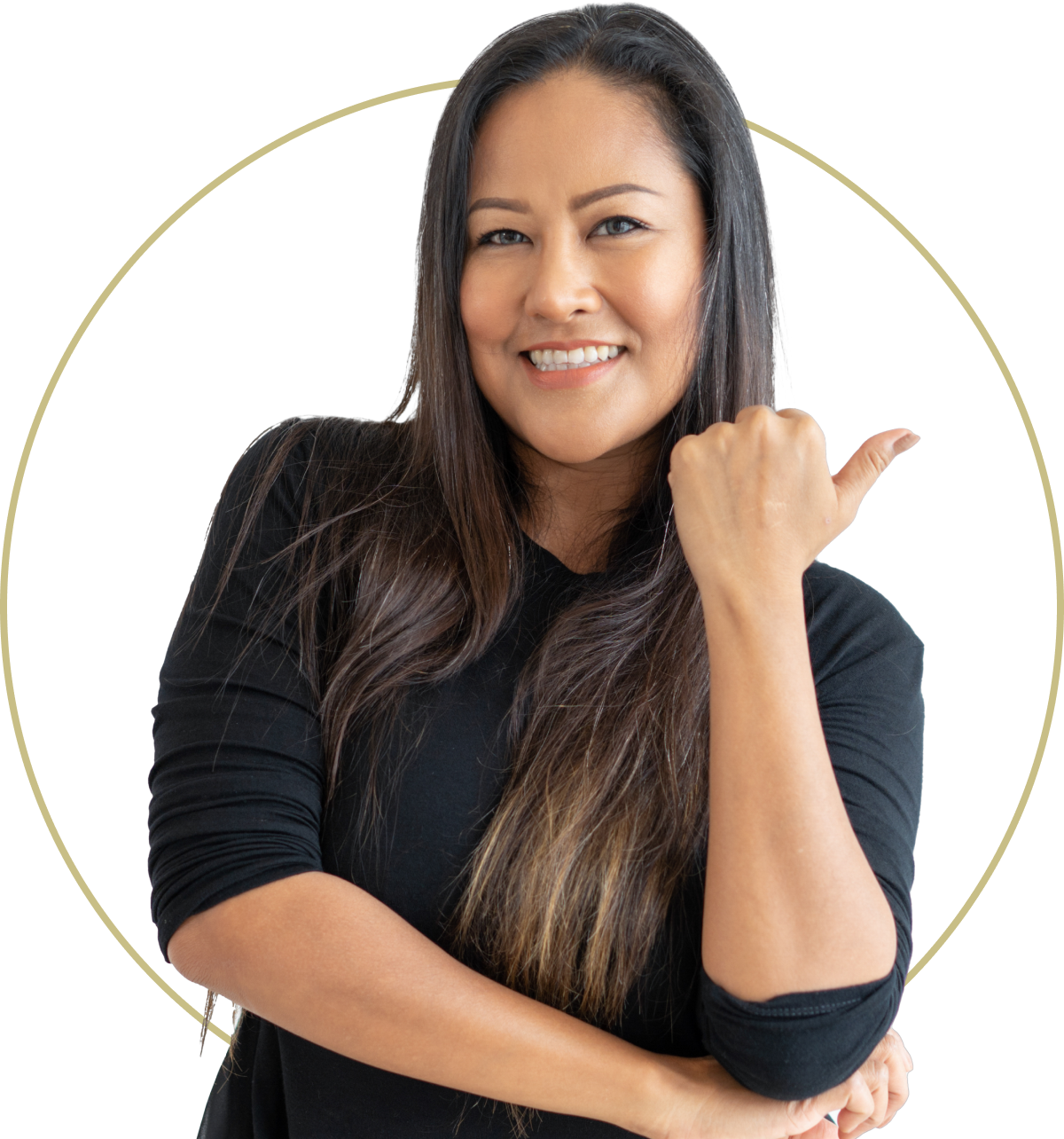menopause and brittle nails
By Andrea Donsky | Fact Checked | Sources
Has your manicurist recently told you that your nails are getting brittle? If so, you probably already noticed it yourself and wondered what was happening. Perhaps those brittle nails have already wrecked a great (and expensive) manicure. So what’s going on? Could your fragile nails be related to hormone changes?
The short answer is yes. The longer answer is, you can do something about it. Before we get to the longer answer, let’s check out what’s happening with your nails.
What are brittle nails?
The term brittle nails refers to nails that are dry, thin, soft, and tend to break, split, or tear, leaving you with little daggers or sharp edges on your fingers. Ouch!
Generally, several factors can contribute to brittle nails. Do you let your nails go naked? Using polish all or most of the time, especially dark colors, can dry out your nails. Dry winter weather can cause nails to lose moisture, and aging naturally takes a toll.
Telltale signs of brittle nails are free edges that split easily, splitting starting on either side of the nail, and white spots on your nails.
Why do brittle nails occur during menopause?
As you maneuver the menopause highway, you may notice that your nails seem drier and more prone to cracking, splitting, or breaking. These changes are caused by declining estrogen levels, which can result in dehydration without you even realizing it. In turn, your nails can become dry and brittle.
How can I treat brittle nails naturally?
You can be good to your nails and cuticles and help reduce brittle nails and those little finger daggers! Here are a few tips.
Stay hydrated. This may be the most important tip because dry nails are brittle nails. Drink at least 8 cups of water daily and enjoy fruits and vegetables that are rich in water, such as cucumbers, citrus, leafy greens, celery, and melons.
Watch your diet. Certain foods are rich in nutrients that nourish your nails. Be sure to include salmon, almonds, eggs, carrots, cantaloupe, sweet potatoes, beans, dates, and winter squash on your menu often.
Read about 6 foods to give you strong healthy nails
Manage stress. Chronic stress takes a toll on your hormones, which are already in decline around menopause. When you practice stress reduction, such as deep breathing, yoga, tai chi, visualization, meditation, or dance, you help keep your hormones more balanced.
Moisturize. Use cuticle oil to moisturize your nails. Apply the oil or a cuticle balm to your hands and wear cotton gloves overnight occasionally to help keep your nails healthy and less dry.
Take a break. From nail polish, that is. Don’t wear nail polish for extended periods of time; no more than 10 days. Then go naked with your nails so they can breathe. If you can’t get to a salon, remove your polish yourself at home.
Wear gloves. During cold weather and when washing dishes, wear gloves. This will help prevent drying of your nails and cuticles.
Try paraffin. A paraffin treatment every few weeks can help keep your cuticles and nails healthy.
Be aware of biotin. Biotin is essential for good nail health, and you can get it in almonds, peanuts, eggs, swiss chard, and salmon, as well as in supplements. You will need to take biotin for at least four months before you see results. A suggested dose is 2,000 to 3,000 micrograms daily.
Zero in on zinc. You may be deficient in this mineral if your nails split easily or you see spots of discoloration on your bare nails. Take a multimineral with zinc or the mineral alone.
Calling on vitamin C. This potent antioxidant is involved in strengthening your skin, bones, and connective tissues, and that includes your nails. Eat more fruits and vegetables and/or consider a supplement; the RDA is 75 mg for women and 90 mg for men, and 2,000 mg is the upper limit.
Feel good about folic acid. Folic acid helps in the manufacture of new tissues and cells in the body, including nail growth. You can get this B vitamin in asparagus, avocado, beans and legumes, beets, broccoli, citrus fruits, dark leafy greens, and seeds, and in supplement form.
Check out cysteine. N-acetyl-cysteine (NAC) is an amino acid derivative. If you take an NAC supplement, your body transforms it into cysteine and then glutathione, another antioxidant. Cysteine can help rejuvenate nail growth by assisting in the manufacture of collagen, a protein found in nails and skin. A recommended dose of cysteine has not been established, so follow the directions on the supplement label or talk with your physician. You should take a comparable amount of vitamin C with this supplement to increase the antioxidant impact.
when to see a health provider
Generally, you won’t need to see your doctor about brittle nails. However, if you notice other nail abnormalities, such as white spots or streaks in your nails or there’s discoloration, these are signs of other health issues and should be brought to the attention of your physician.
bottom line
Fading estrogen levels associated with perimenopause and menopause may result in brittle, cracked nails. With proper nutrition and hydration and a little loving care, you can help keep your nails beautiful and strong.




